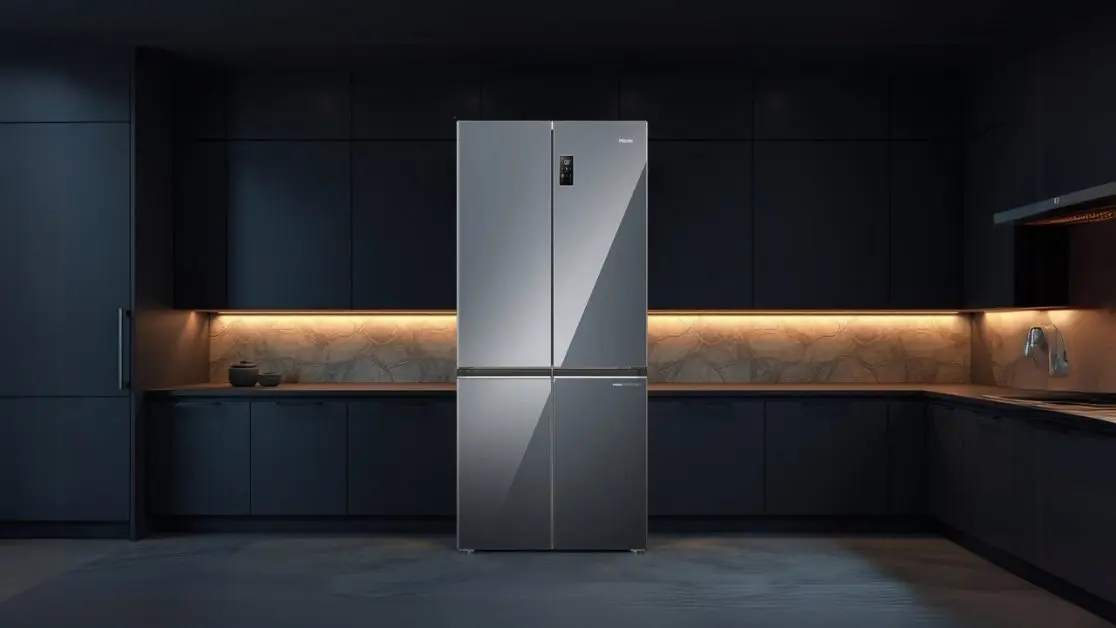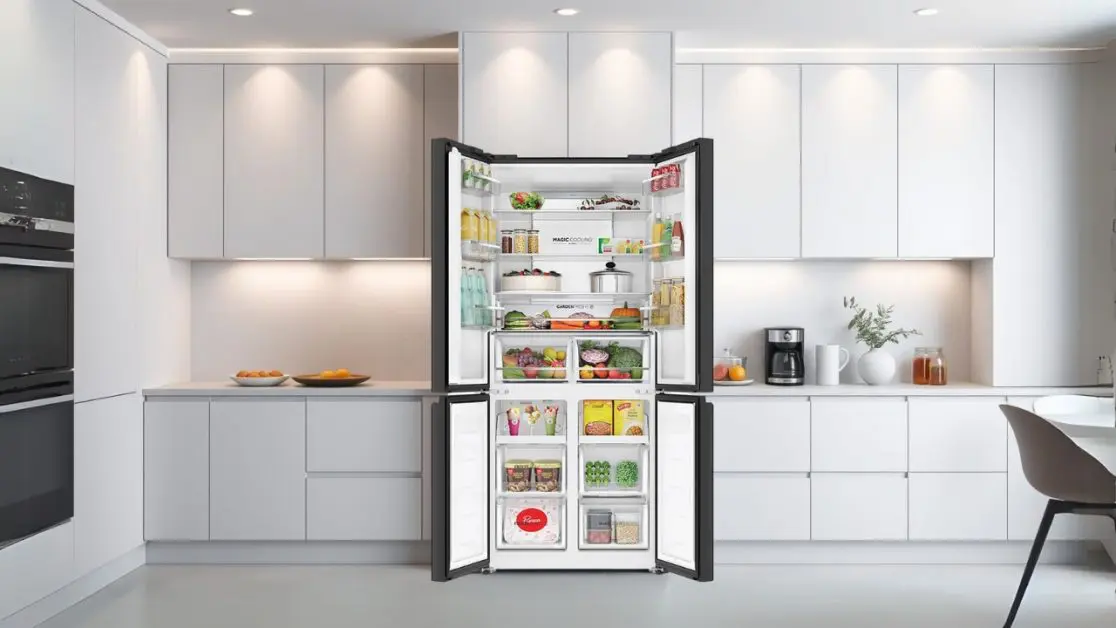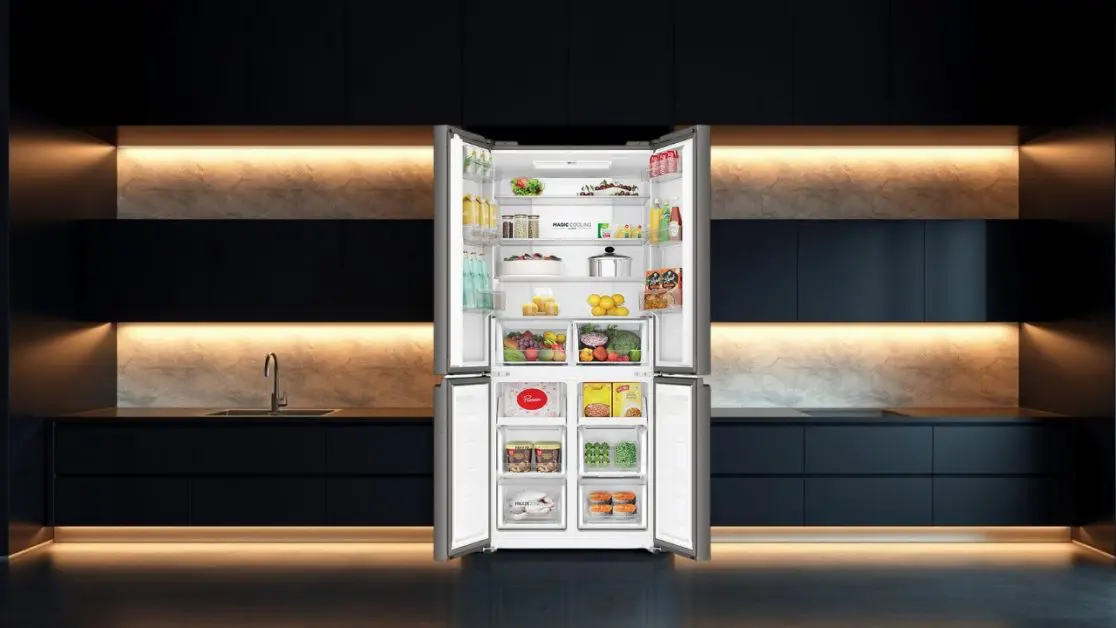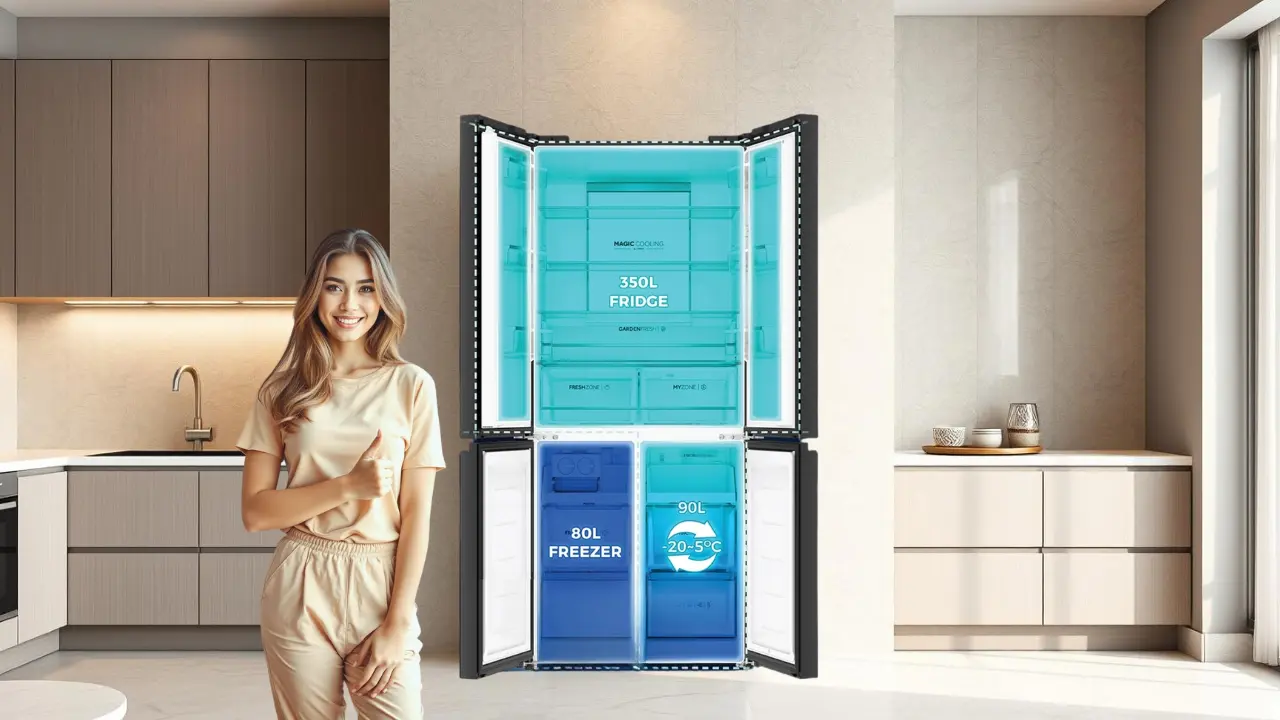Are you overlooking how insulation in your refrigerator impacts cooling efficiency? It’s not just about powerful compressors or smart sensors.
The real secret to a consistently cold and energy-efficient fridge lies in its insulation. This often-unseen component is the first line of defense against heat infiltration, working tirelessly to maintain stable temperatures.
Imagine a refrigerator that saves energy while keeping your food perfectly chilled.
Effective insulation makes this a reality by minimizing the workload on the compressor, leading to lower electricity bills and a smaller carbon footprint.
Discover how high-quality insulation is a fundamental factor in overall refrigeration efficiency in modern refrigerators.
It’s the unsung champion that quietly ensures your food stays fresh and your energy consumption stays low. Don’t underestimate the power of good insulation!
How does insulation help maintain temperature and save energy?

Insulation acts as a thermal barrier, preventing warm air from entering and cold air from escaping. In modern refrigerators, especially those with multi-compartment designs, this helps keep internal temperatures consistent—regardless of external conditions.
When insulation is effective, the cooling system doesn’t have to work as hard. For instance, adjustable compartments like the Magic Convertible Zone (which shifts between -20°C to 5°C) rely on well-insulated walls to hold precise temperatures without frequent compressor activity. This not only reduces energy consumption but also ensures faster cooling recovery after door openings.
Why is insulation important in managing different temperature zones?
Many refrigerators now come with multiple temperature zones, such as My Zone or convertible sections, tailored for different types of food storage. These compartments often operate independently, and insulation between them prevents heat transfer from one zone to another.
Take the My Zone feature as an example. It allows fine temperature tuning between 1°C and 6°C—ideal for delicate items like dairy or desserts. Without proper insulation, cold air could leak or warm air could seep in, leading to uneven cooling or spoiled food. Insulation ensures that each zone performs as intended.
How does it support energy-saving features like smart cooling?

Smart cooling features that adjust based on usage patterns are becoming increasingly common. But they work best when supported by solid insulation. For example, during Holiday Mode, when the fridge is set to 17°C, insulation helps maintain this mild setting without triggering unnecessary cooling cycles.
Similarly, in features like Super Freeze, which rapidly drops the freezer temperature to -24°C, insulation helps lock in the cold, making the cooling process quicker and more energy-efficient.
What role does insulation play in food preservation and durability?
Good insulation helps maintain constant internal conditions, which is vital for food preservation. In freshness zones like the Garden Fresh Box, insulation combined with precise airflow keeps produce crisp and fresh longer by avoiding sudden temperature swings.
Stable cooling also means less strain on components like the compressor. Over time, this leads to lower maintenance needs and a longer appliance lifespan—benefits that align with extended compressor warranties now being offered on many models.
What design features contribute to better insulation performance?

Newer refrigerator designs incorporate smart insulation in subtle ways. Features like the Sun Lit Interior provide uniform lighting through waterproof LED panels without adding heat to the space, while anti-tipping glass doors and tight door seals prevent cold air leakage.
Even small design touches—such as thickened walls in convertible compartments or moisture-resistant insulation materials—can make a noticeable difference in performance and energy savings.
Conclusion
Modern advancements in insulation are truly exciting. High-performance materials now enable innovative features like convertible zones, where a single compartment can switch between fridge and freezer temperatures with minimal energy waste.
Modern 4 door refrigerators, which precisely target cooling to specific areas, also rely heavily on effective insulation to maintain those distinct temperature zones efficiently.
Even the compartmentalization we see in modern designs benefits from strategic insulation, ensuring that chilling one section doesn’t needlessly impact another.
Ultimately, better insulation translates to a refrigerator that not only excels at keeping your food fresh for longer but also significantly reduces its energy consumption over its lifespan. It’s a quiet contributor to both food preservation and long-term cost savings, making it a key factor to consider when choosing a new appliance.

